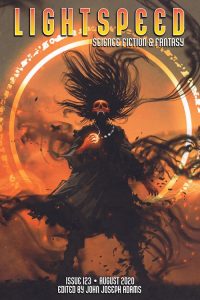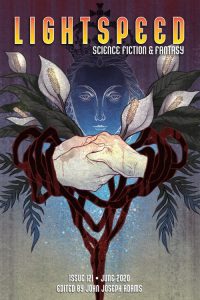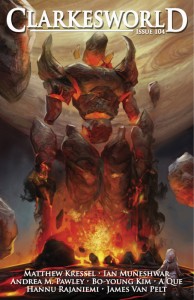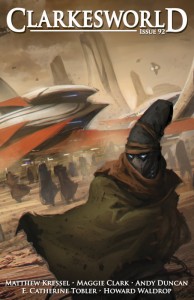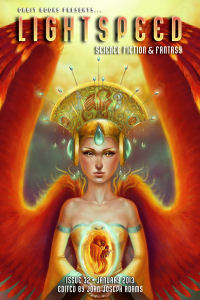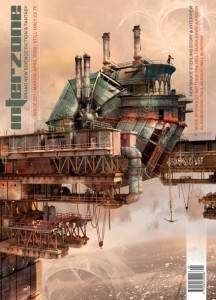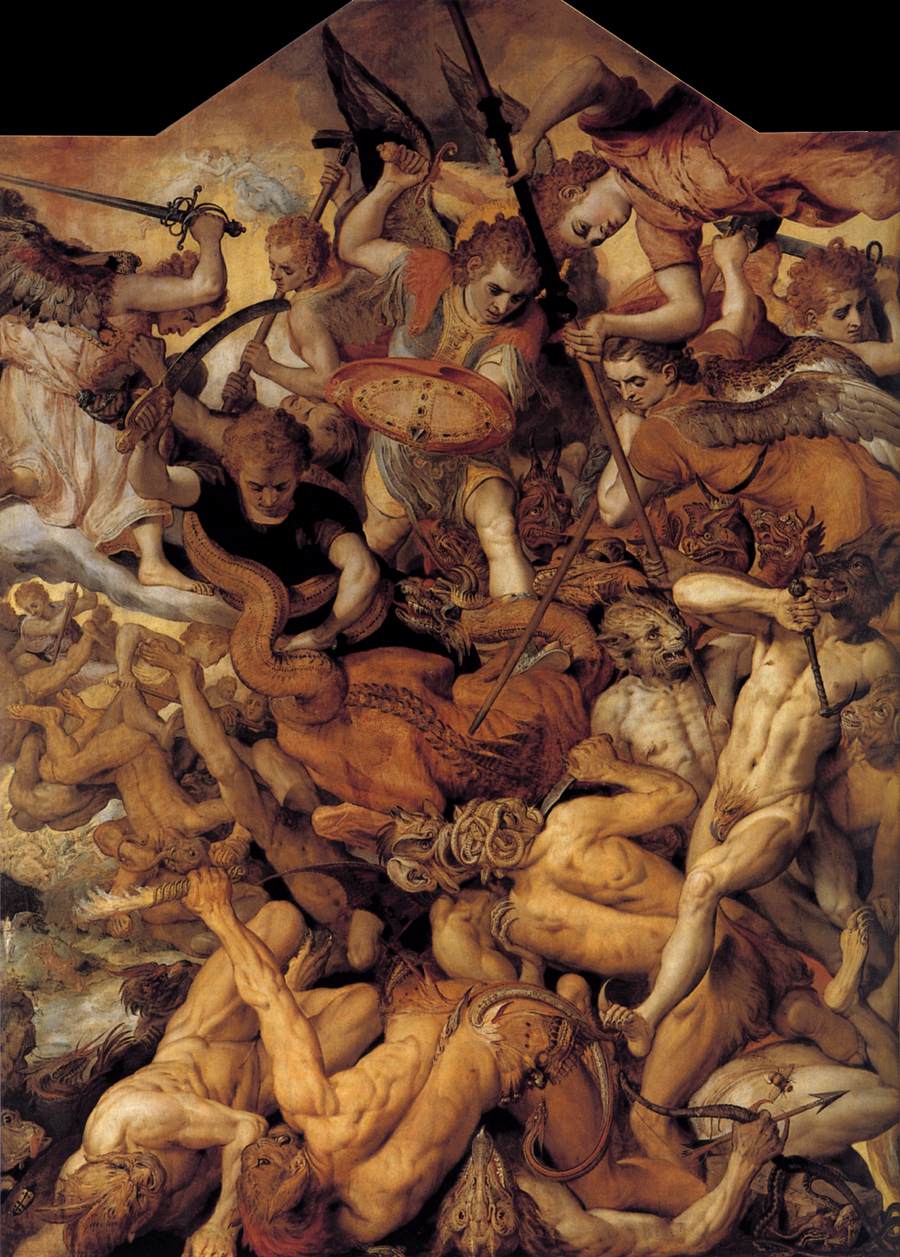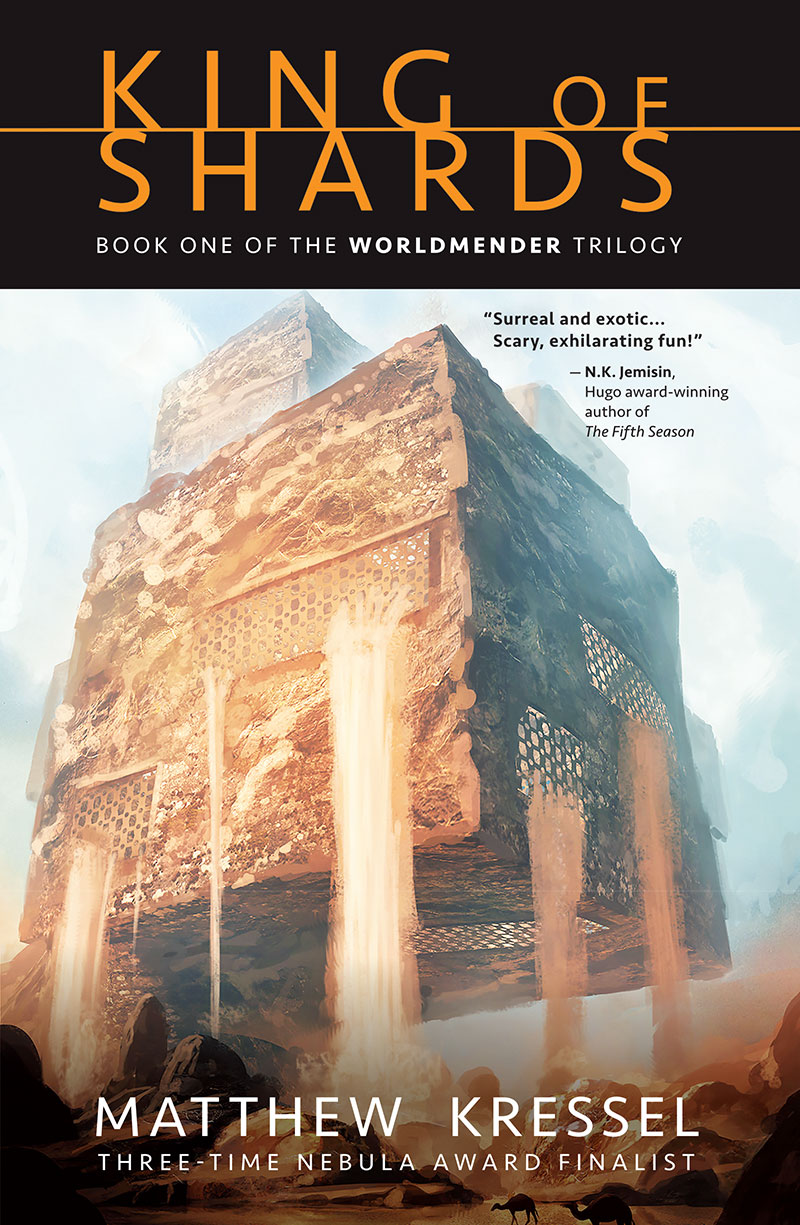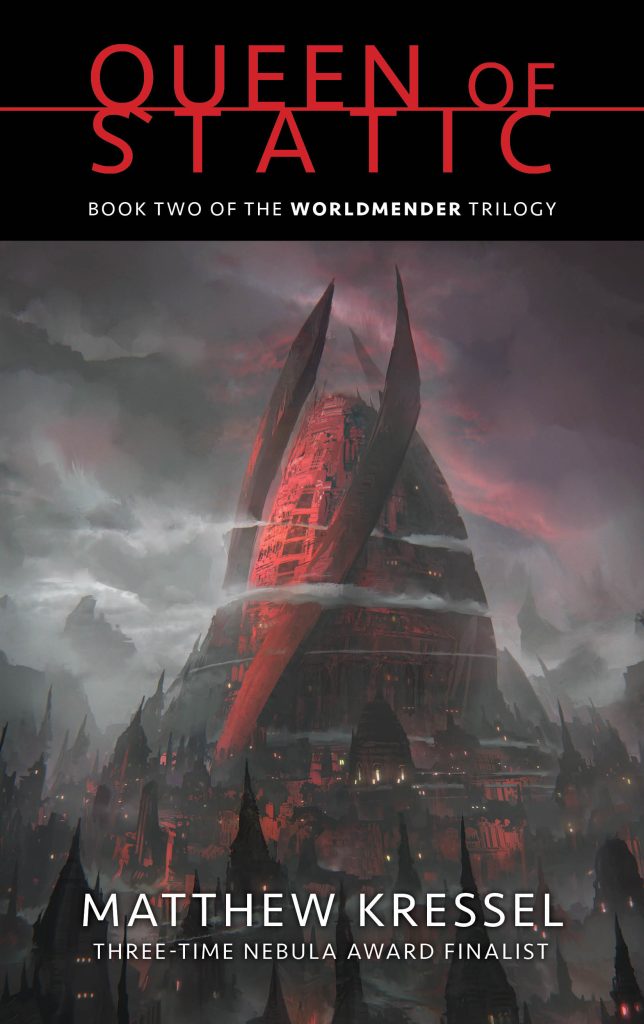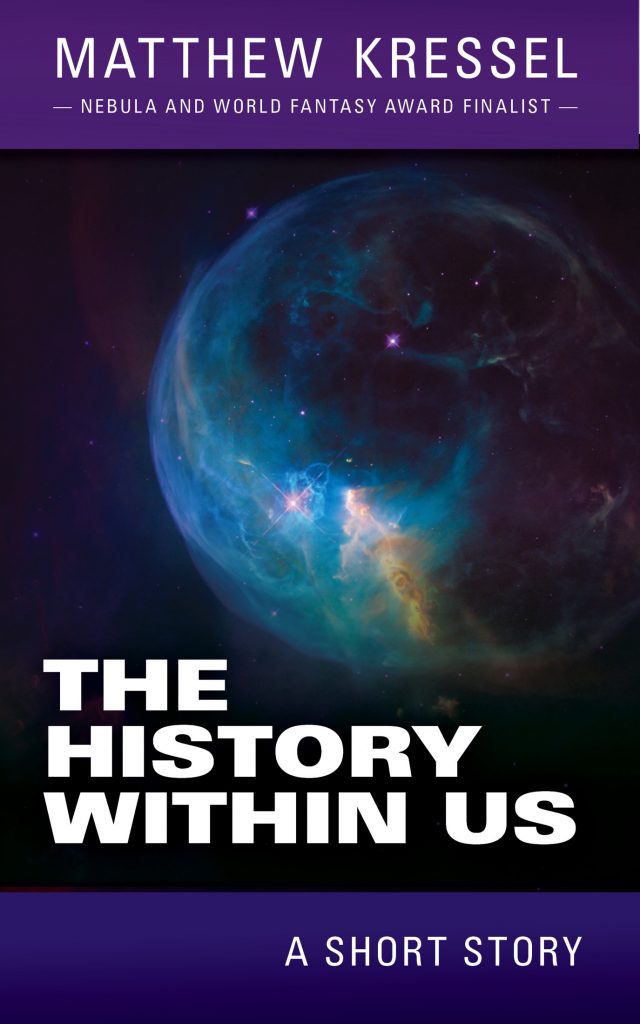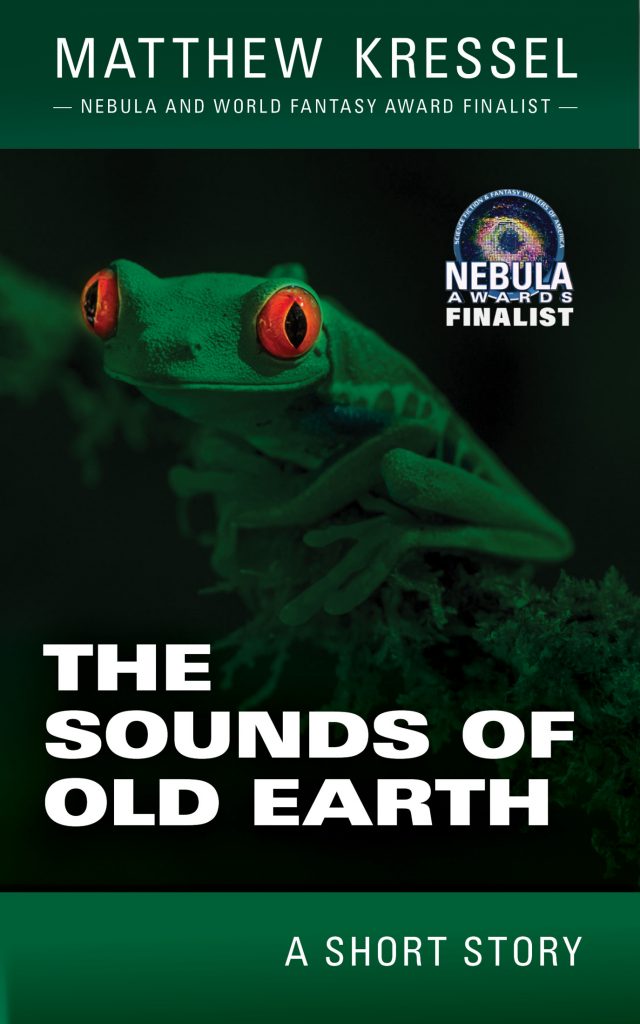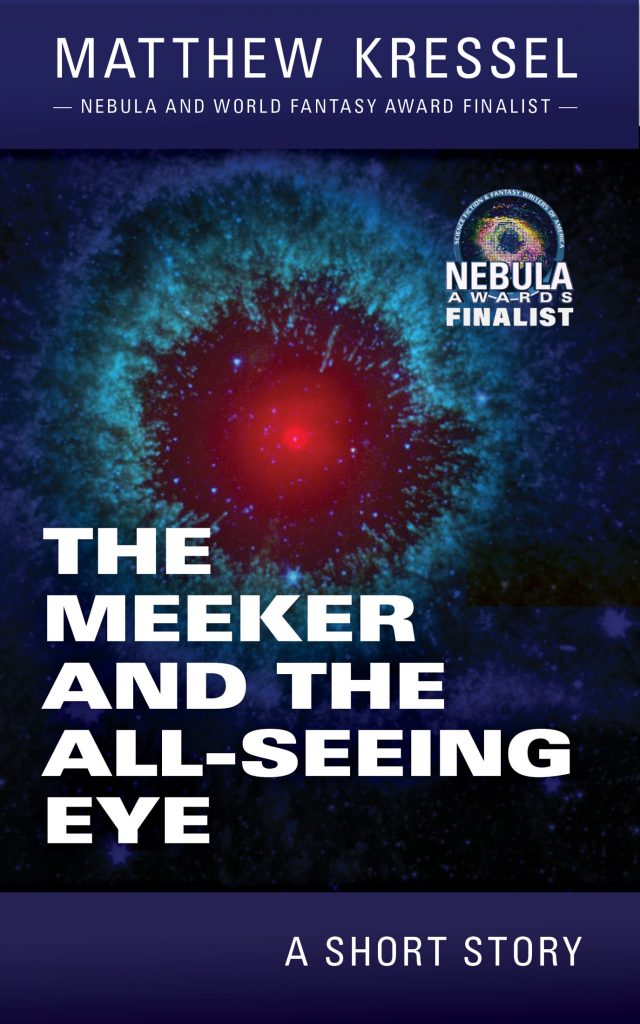To celebrate the October 13th release of my forthcoming debut novel, King of Shards, I will be featuring one new blog entry a day about a different Judaic myth for 36 days. Today’s entry is on the Angel Shemchazay and Ishtar.
Day 19: The Angel Shemchazay and Ishtar
The angels in heaven looked down upon the beautiful daughters of humanity in wonder. Two angels, Azazel and Shemchazay, became so infatuated with their beauty that they decided to descend to earth and improve the world. They said to each other, “Together we shall bring into the world such children as the world has never seen.” Some in heaven agreed with their plan, but most were dismayed, because they felt angels should not intermix with lowly humanity. In the end, two hundred angels left heaven to dwell on earth.
The angels landed upon Mount Hermon, where they could see to the far ends of the earth. Each chose the woman that most attracted them, and the women, flattered that these angels took interest in them, were eager brides. The angels were wise in the art of building and agriculture and healing, and taught these arts to humankind. They taught people how to kindle and maintain fire, how to read and write, to draw, to work clay, and many other valuable skills. Soon the earth thrived with bustling trade from all their creations, and people moved from one end of the earth to the other.
Of all the angels’ brides, the most beautiful was Ishtar, the wife of Shemchazay. Shemchazay watched her constantly, never letting her beauty slip from his gaze. He built her a house to match her incomparable visage. Daily, he brought her gifts to decorate the house, hoping to please her. But forever his wife remained forlorn and aloof from him. Never once did they engage in sexual relations.
Probing his wife at the nature of her sadness, he said, “Tell me what brings you such sadness and I will do whatever you ask, so that I may bring you happiness!”
“Whatever I ask?” Ishtar said.
“Yes!” Shemchazay promised. “Anything in my power.”
So Ishtar told him her wish. “You have chosen to leave heaven and dwell among humanity. Just the same, I wish to leave humanity and dwell in heaven beside God. Teach me the Holy Name, so I may ascend to heaven.”
Taken aback, Shemchazay tried to dissuade her of her wish, because the Holy Name was full of great and terrible power. But his wife was obstinate. So he told her the ineffable name of God, which would allow her to ascend to heaven. As soon as she heard it she ran outside and spoke the Holy Name. Her body glowed brighter than the sun, she shuddered violently, and upon hearing her plea, God brought this woman up to his abode and made her a shining star in heaven.
Shemchazay watched all this in shock and wept for the loss of his wife. Rivers flowed from his cheeks to fill the seas of the world.
Meanwhile, all over the earth, the human wives of the angels gave birth to many thousand children. At first the angels and their wives rejoiced, because these hybrid babies were astoundingly beautiful. But before long their joy turned to horror, because these babies grew into giants three thousand feet tall. The giant ate all the food from the farmed lands. They ate all the fruit from the trees and they devoured all the livestock animals of the earth. They ate camels and horses and cattle and birds and bears and snakes and fish, and all the wild creatures they could find. Their hunger was insatiable. Once their food supplies dwindled, the giants began to eat people. The humans, terrified, hid from the giants in high mountains and in deep caves. Without food, the giants began to attack and eat each other. During this brutal period they thoroughly destroyed the once-fertile and fecund earth.
The angels on earth were no match for these hybrid giants either, and they hid from them as the people did. But a few decided to join forces with these crazed giants to spread their evil upon the earth. Azazel, who had descended together with Shemchazay, taught men how to make weapons of war. He taught women how to entice men with brightly colored clothes, flashing jewelry and bodily ornaments. The women spent all their time making themselves enticing for the men, while the men spent all their time fighting each other with their new weapons. All the world was filled with blood and destruction.
But not all angels on earth had joined forces with evil. Shemchazay, among them, regretted his actions. He wept and repented daily, until God took pity on him and made him a star in heaven, below Ishtar. God did not raise him all the way up to Ishtar, but set him closer to earth, so that Shemchazay might forever gaze down at the destruction on earth he had wrought. Shemchazay floats there to this day, suspended halfway between heaven and earth.
The Myth’s Origins
One cryptic passage in Genesis has lead to enormous speculation over the centuries. Chapter 6 reads, “And it came to pass, when men began to multiply on the face of the earth, and daughters were born unto them, that the sons of God saw the daughters of men that they were fair; and they took them wives, whomsoever they chose…The Nephilim were in the earth in those days, and also after that, when the sons of God came in unto the daughters of men, and they bore children to them; the same were the mighty men that were of old, the men of renown.”
Who were these “sons of God”? And who were the “Nephilim”? The word Nephilim literally means “fallen beings,” so the ancient rabbis believed that the Sons of God were angels, and the Nephilim their hybrid offspring. The angels were pure hearted in heaven, but upon descending to earth, they became corrupted by the Evil Inclination, the Yetzer Harah, and brought chaos to the world. Some, like Azazel, even revel in their new power, while Shemchazay repents and is becomes a star. We also see the myth of the Ineffable Name being used here to allow Ishtar to ascend to heaven and sit beside God.
Dozens of versions of this myth exist. In some, the angels argue with God that they are too holy to be corrupted by the ways of humanity, that they will never be tempted by the Evil Inclination. In others, they are cast out of heaven because they believed the creation of humanity was a mistake. In still other versions, Azazel marries Naamah, a sister or daughter of Lilith, Adam’s first wife and an evil figure in traditional Judaism.
In some versions of the myth, Ishtar becomes a star of the Pleiades, Shemchazay a star in Orion. Ishtar’s name, of course, comes from the Mesopotamian goddess of the same name, who was identified with the planet Venus, then thought to be a star, and the brightest object in the night sky.
The myth sees parallels between the Greek story of Prometheus, who brought the knowledge of fire to humankind. It also has similarities to the Greek story of Zeus setting Callisto as a constellation among the stars. Lastly, there are many parallels between this story and the myth of Eros (Cupid) and Psyche, and their love affair, especially as Psyche was seen as the daughter or personification of Venus, or Ishtar.
Some Thoughts on the Myth
Here were see another story of the corruption of humanity, which echoes, though on a grander scale, the “Fall” in the Garden of Eden. The daughters of men are seen as so beautiful as to entice angels, and even so, once on earth, angels teach them how to make themselves even more enticing to men. The angels know many secrets, presumably from their time spent in heaven. But the angels are not fully a poor influence on humanity. They teach us many arts, especially farming and construction, which are essential to civilization. And yet they also teach us how to make weapons. The myth never speaks about what became of these hybrid giants. Presumably they killed each other. And these same angels of course appear in the stories of fallen angels in Christianity. In many Judaic myths, Azazel is equated with Samael or even Satan, the arch demon. So here we have his origin story.
It’s interesting to consider that the myth considers the men most corrupted when they go to war, and the women most corrupted when they spend all their time beautifying themselves. By today’s standards, this would no doubt be considered misogynistic. It also posits an excuse for our “debased” state. Our “corrupted” state isn’t our fault. Angels are the cause. If not for them, we would be innocent as Adam and Eve in the garden.
Either way, this myth provides an interesting explanation for the appearance of evil in the world, and the notion that knowledge is power. It typifiies the idea that all knowledge comes from God, transmitted to the angels to humankind, and that humans had no part in the revelation of knowledge. While I love the story of a human and his angel lover being made into a star, I’m not in love with the notion of women becoming corrupted by beautifying themselves and humans having no part of bringing knowledge, i.e. the goal of science, into the world. It takes away our great power as agents of change.
Tomorrow’s Myth: The Queen of Sheba and King Solomon







